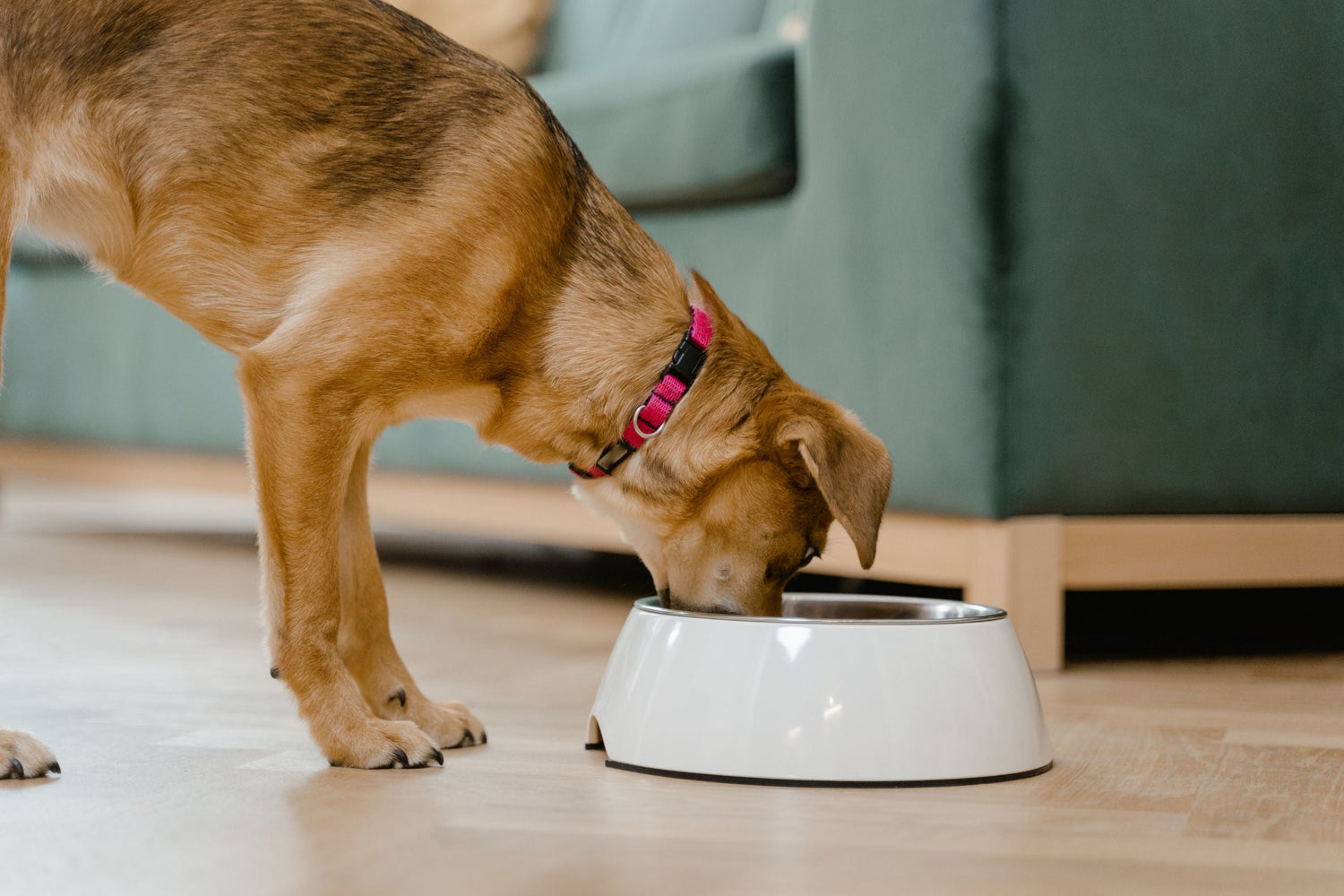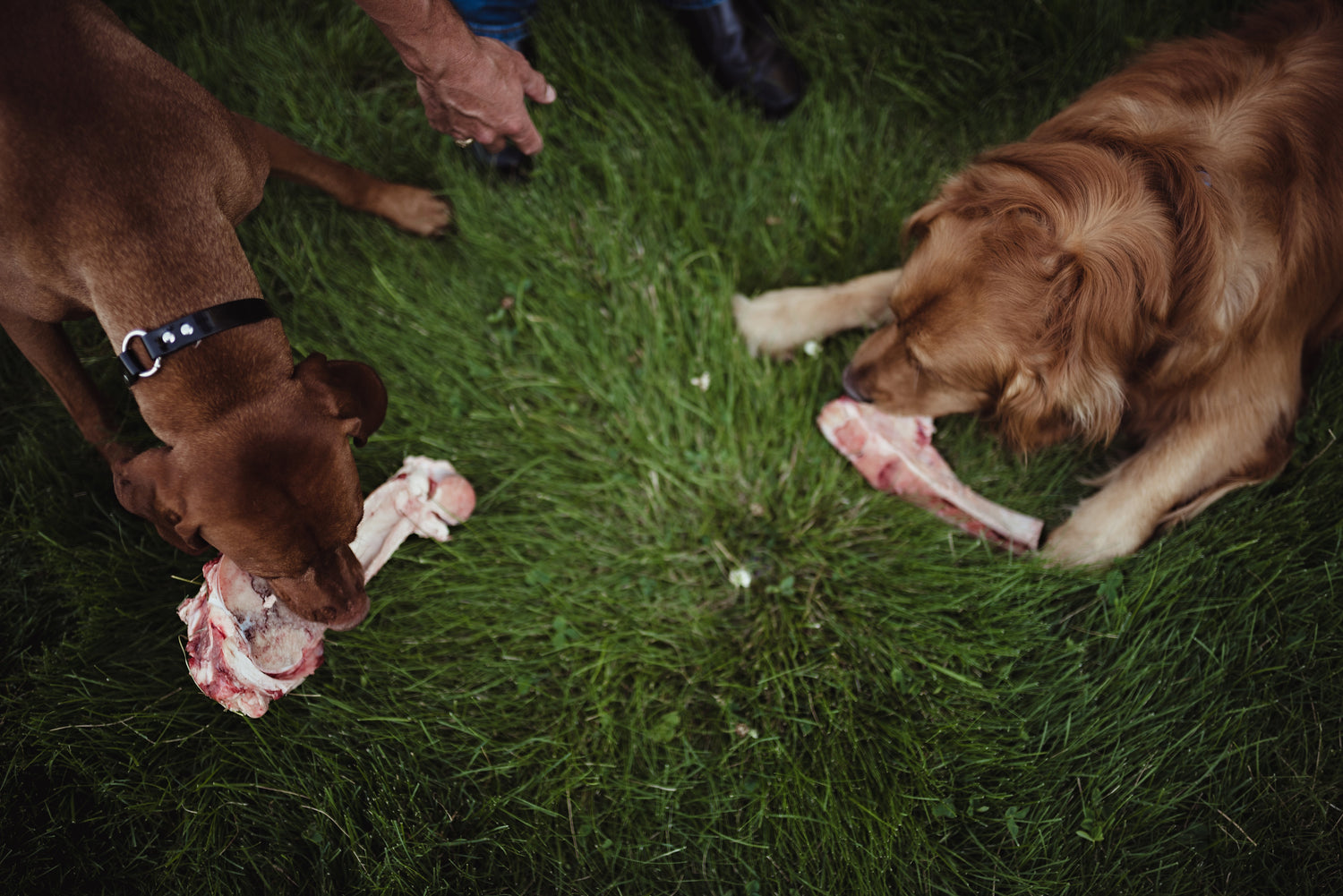For most of us, dog food has always come in a bag—scoopable, dry, and shelf-stable. It's convenient, familiar, and widely accepted. But has it always been this way? And more importantly, is it the best way to nourish the animals who depend on us?
The story of dog food is one of convenience, marketing, and industrial innovation—but not necessarily health. Let’s explore how we went from scraps at the table to extruded kibble in a bag, and why it’s worth rethinking what we feed our four-legged companions.
From Table Scraps to Dog Cakes
Before the mid-1800s, dogs were primarily working animals. They lived outdoors, often surviving on kitchen scraps and whatever they could scavenge. That all began to change in the 1860s, when James Spratt, a British electrician, noticed sailors tossing hardtack (a dry biscuit made from flour, water, and salt) to stray dogs at the docks.
Spratt saw an opportunity. He developed his own version of these biscuits and marketed them to England’s elite, promoting them as a healthier, cleaner alternative to feeding scraps. By the 1870s, he had brought his idea to the U.S. with Spratt’s Meat Fibrine Dog Cakes, launching the first commercial dog food company with aggressive marketing aimed at affluent pet owners and the growing dog show world.
Cans, Horses, and the Rise of Mass Marketing
As industrialization spread and horses were gradually phased out of everyday use, a new source of meat emerged. In 1922, Ken-L-Ration introduced the first canned dog food—made from horse meat. Cleverly marketed as “lean, red meat,” the product buried the word “horse” in fine print. Despite this, it became wildly successful, at one point owning 90% of the dog food market. The company eventually bred and processed horses solely for this purpose, slaughtering an estimated 50,000 annually.
Kibble is Born
World War II changed everything. With metal reserved for the war effort and canned food rationed, companies had to innovate. In the 1950s, Ralston Purina applied a method used to make cereal—extrusion—to dog food. This high-heat, high-pressure process formed dough into bite-sized pieces that were dried and boxed for sale. Thus, modern kibble was born.
While extrusion allowed mass production and long shelf life, it destroyed vital nutrients, enzymes, and amino acids. To cut costs and boost profits, companies began sourcing increasingly cheap ingredients. The profit margins were massive—and so was the growth of the industry.
Declining Pet Health and Veterinary Diets
In the 1960s and 70s, veterinarians and pet owners began to notice a troubling trend: more pets were developing preventable conditions like kidney and liver failure, arthritis, allergies, and even cancer. In response, companies like Hill’s Science Diet and Royal Canin introduced specialized veterinary diets, expanding their influence—and profits—through clinics and prescription programs.
The 1980s and 90s saw a surge in veterinary schools, many of which received funding or sponsorship from large pet food corporations. These programs focused heavily on diagnosing and treating disease, often with little emphasis on nutrition beyond the standard kibble model.
A System Built on Convenience, Not Nutrition
Despite modern packaging and slick marketing, most commercial dog food is still produced through extrusion. It's fast, cheap, and easy to store. But with countless recalls, lawsuits, and health issues tied to questionable ingredients, more pet owners are asking hard questions.
The truth? Much of today’s dog food is driven by shelf-life and profit margins—not your pet’s health.
A Better Way Forward
We believe our dogs deserve better. A species-appropriate, biologically aligned diet—built on fresh, raw, whole-food ingredients—isn’t just possible, it’s essential. By returning to what dogs are meant to eat, we can help them live longer, healthier, more vibrant lives.
Our pets rely on us for everything—including their health. Let’s feed them the way nature intended.






